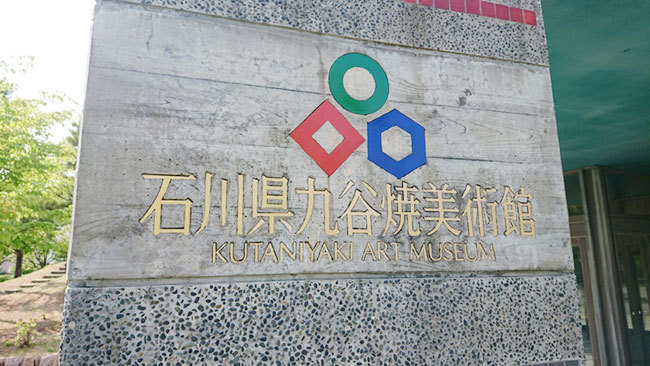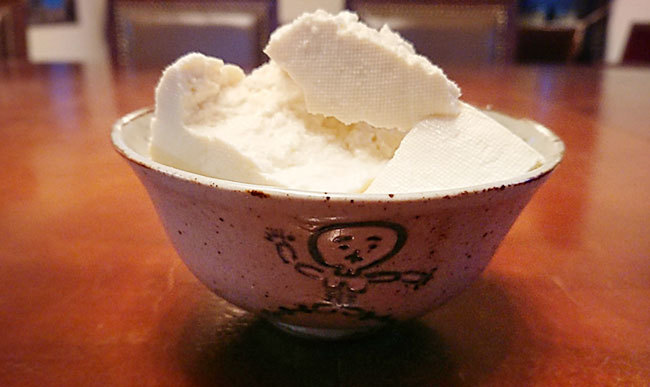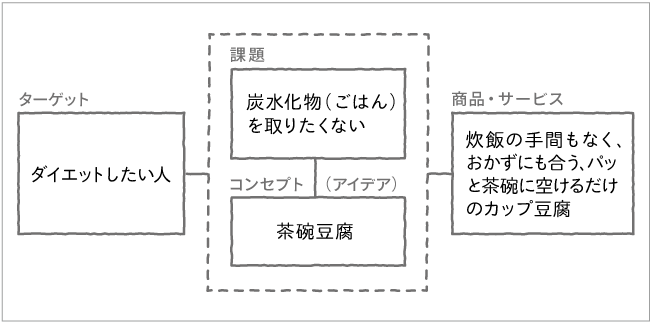"Wake up in the morning, eat breakfast, sleep at night."
A father worried about his child writing such a shallow summer vacation essay takes them on a trip... I remember a commercial like that from long ago.
I took advantage of my time off at the end of August to visit Kanazawa. My goal was to properly see Kutani ware. I was fortunate enough to encounter Mr. Motokaze Nakamura's "Imakutani" through a connection, but now, in the 400th anniversary year of the birth of Lord Maeda Toshiharu, founder of the Daishoji domain and originator of this ware, I wanted to study its history anew, starting with Old Kutani.

Ishikawa Prefectural Kutani Ware Museum
...But honestly, I just wanted to eat delicious Hokuriku food. Kanazawa is strongly associated with winter delicacies like crab, gas shrimp, oden, and turnip sushi, but early autumn is quite something too. Late-season loaches become kabayaki or Yanagawa nabe. Early Kaga vegetables like Gorōjima Kintoki sweet potatoes are simply steamed. Gand and Fukuragi, just before becoming high-grade yellowtail, are seasonal delicacies. Wake up, drink at noon, drink at night. It was the perfect holiday.
Now then. When applying the idea-generation methodologies of an advertising agency to product development in other fields, one must often reaffirm that "thinking and presenting are two different things."
The process of creating new connections between people, things, and experiences—those "I never thought of that!" moments—can look utterly chaotic to an outsider. Take developing a "new tofu product," for example. Sometimes we start with a groundbreaking soy milk concentration technology, other times we begin with objective data like "statistics on home cooking over the past decade," or even reference a suspicious rumor from an acquaintance.
There's no set procedure here. We use every possible method, going back and forth between people and things until we get an idea.
On the other hand, when tackling a project using a "market-in" approach, the thinking process is clear and straightforward. Analyze consumers, identify problems, devise solutions, and verify acceptance. And above all, simply explaining that "thought process" makes for a perfectly valid "presentation."
The same applies to "product-out" approaches. The process of clarifying a technology's competitive advantage, devising product concepts that leverage it, and verifying acceptance is logical.
Yet, the idea generation process alone seems disjointed. Explaining it directly to others only causes confusion. But remember: even summer vacation essays weren't just about describing events in order. "Woke up in the morning, ate breakfast, went to sleep at night" is factual, but it wasn't enough. What mattered more was organizing the meaning behind each event – writing about breakfast as breakfast, sleep as sleep.
Similarly, when presenting ideas, you shouldn't desperately explain the chaotic process itself. Instead, you must present the "idea" you've obtained, "organized" in relation to the "problem."
For example, the idea "cup tofu" in response to the question "a new tofu product." This can be "organized" as a product that solves the problem of the target audience wanting to "lose weight" and "avoid carbohydrates (rice)" – a "cup tofu that requires no cooking effort, pairs well with side dishes, and can be simply poured into a bowl."
There's absolutely no need to touch on the chaotic process that led to this point. Simply explaining the final, organized state within this diagram is sufficient for a successful presentation.
If you think about it calmly, it's obvious that "thinking and presenting are two different things." But changing deeply ingrained thinking habits over many years is just that difficult.
Enjoy!










